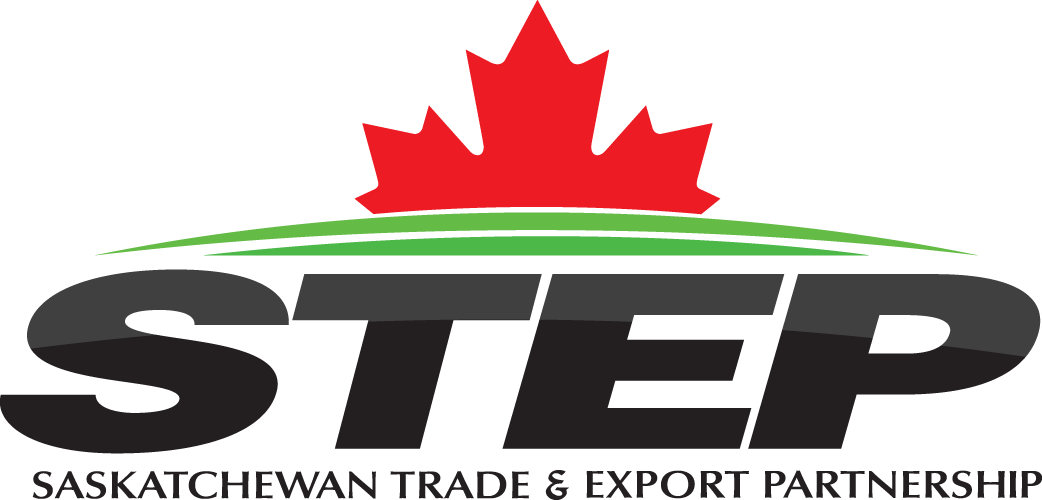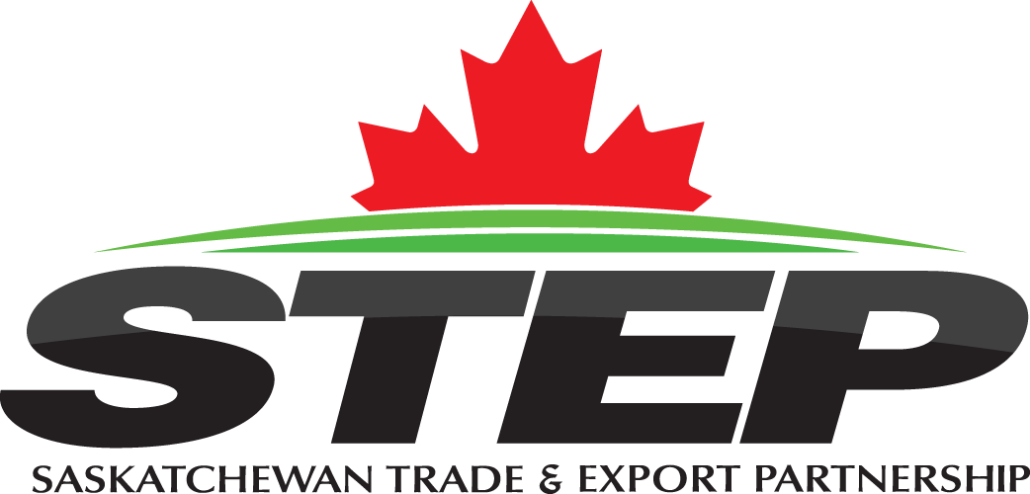News Article – Export Business a Rare Bright Spot for Saskatchewan During Pandemic
News Article – Export Business a Rare Bright Spot for Saskatchewan During Pandemic
According to an annual report by Saskatchewan Trade and Export Partnership (STEP), the total value of the province’s exports in 2020 reached $30.4 billion – a 2.5-per-cent increase over the previous year.
“Saskatchewan is dependent on exports,” explained STEP President and CEO Chris Dekker, whose not-for-profit organization promotes and facilitates trade/export business in the province.
“We have a small domestic market at 1.2 million people so we have to sell on the international market in order to grow and succeed economically. Any time you see an increase in exports, even at 2.5 per cent, it’s a very good story for Saskatchewan and particularly during the management of the COVID-19 pandemic. It speaks very positively for our exports and our economy.”
That’s not the kind of news people have come to expect during the pandemic, but Dekker said it shouldn’t necessarily come as a surprise.
“Just about every international market that we sell to had a significant decrease in their (gross domestic product),” he noted. “When you think about it and look at these numbers, you realize Saskatchewan has what the world needs. That’s what we call the three F’s: Food, fuel and fertilizer. The need to feed the world does not pause for a pandemic.”
Agriculture accounted for 55 per cent of total exports in Saskatchewan last year. Traditional crops are just one component of the industry, which also includes a variety of food products as well as lumber-forestry, industrial equipment, etc.
The U.S. remains the No. 1 overall market for Saskatchewan, although year-end data showed that exports south of the border fell by 18.2 per cent to 13.1 billion. That was attributed mainly to sluggish oil prices that led to a 32.3-per-cent drop in Saskatchewan’s oil exports and a 7.7-per-cent dip for potash.
Fortunately, the province has enough economic diversity that it doesn’t have to lean exclusively on one area.
“Most if not all of our oil is shipped to the United States and the soft prices for that oil are certainly impacting exports to the United States,” Dekker said. “It’s concerning but it also speaks to a strong agri-food and agriculture commodity industry that we were able to still show a 2.5-per-cent increase in spite of it. Moving forward we (expect) that price and those volumes to at the very least remain the same and perhaps increase some.”
While Saskatchewan experienced a drop in exports to the U.S., the total value of the province’s business with China increased by 33 per cent to $4.14 billion. Japan, India and Brazil rounded out the top five international partners.
The Saskatchewan government plans to stimulate further diversification into Asian markets this year by opening new trade offices in Singapore, Japan and India to complement an existing location in China.
“There remain a number of challenges internationally and there’s a number of our markets that we need to monitor very closely,” Dekker said. “Our top two markets are the USA and China. Both have a significant amount of (political) issues in terms of our ability to do business.”
That said, Dekker remains optimistic that Canada is in for a “fairly robust” economic rebound in 2021 with the help of key exports.
Saskatchewan is well-positioned to help lead the charge.
“Exports will have a significant role to play in that rebound,” added Dekker, who’s projecting growth of another three to five per cent in Saskatchewan this year.
“Not only did we have strong agri-food and agricultural commodity exports (in 2020), but our lumber industry also did very well. These things all work towards a robust and diverse economy.
“We think the trend in 2020 will continue through 2021.”
Greg Harder
Source: The Leader-Post



